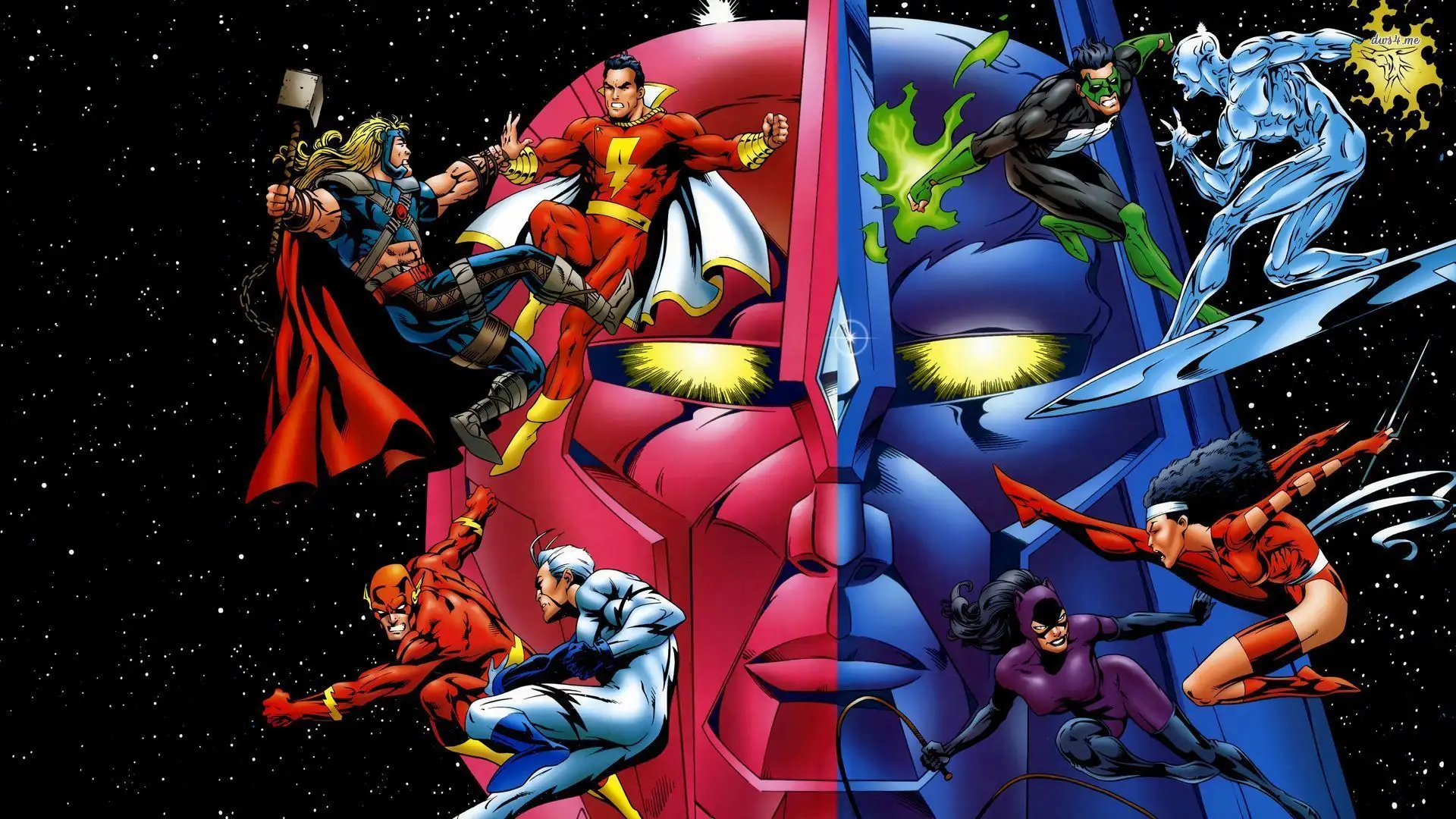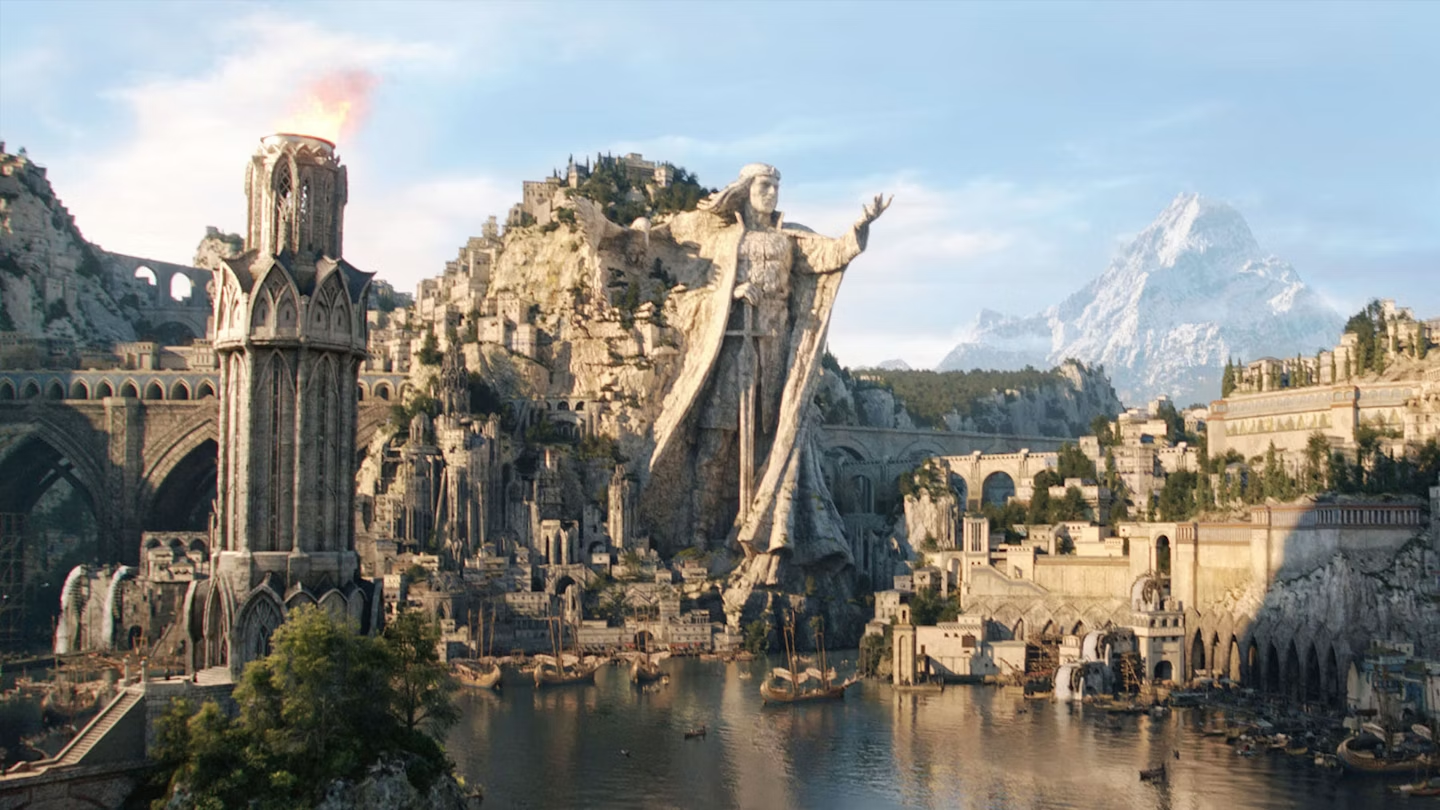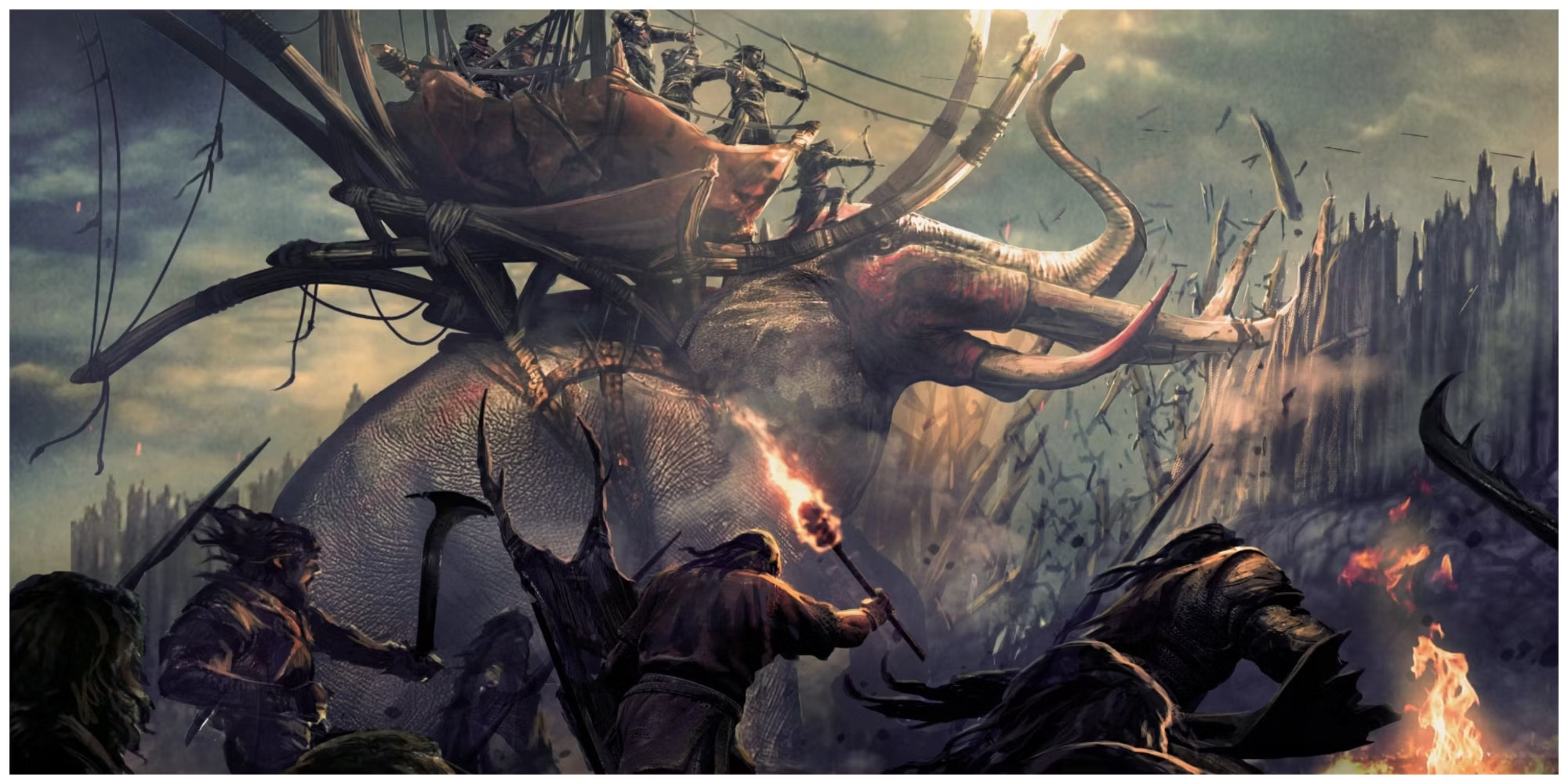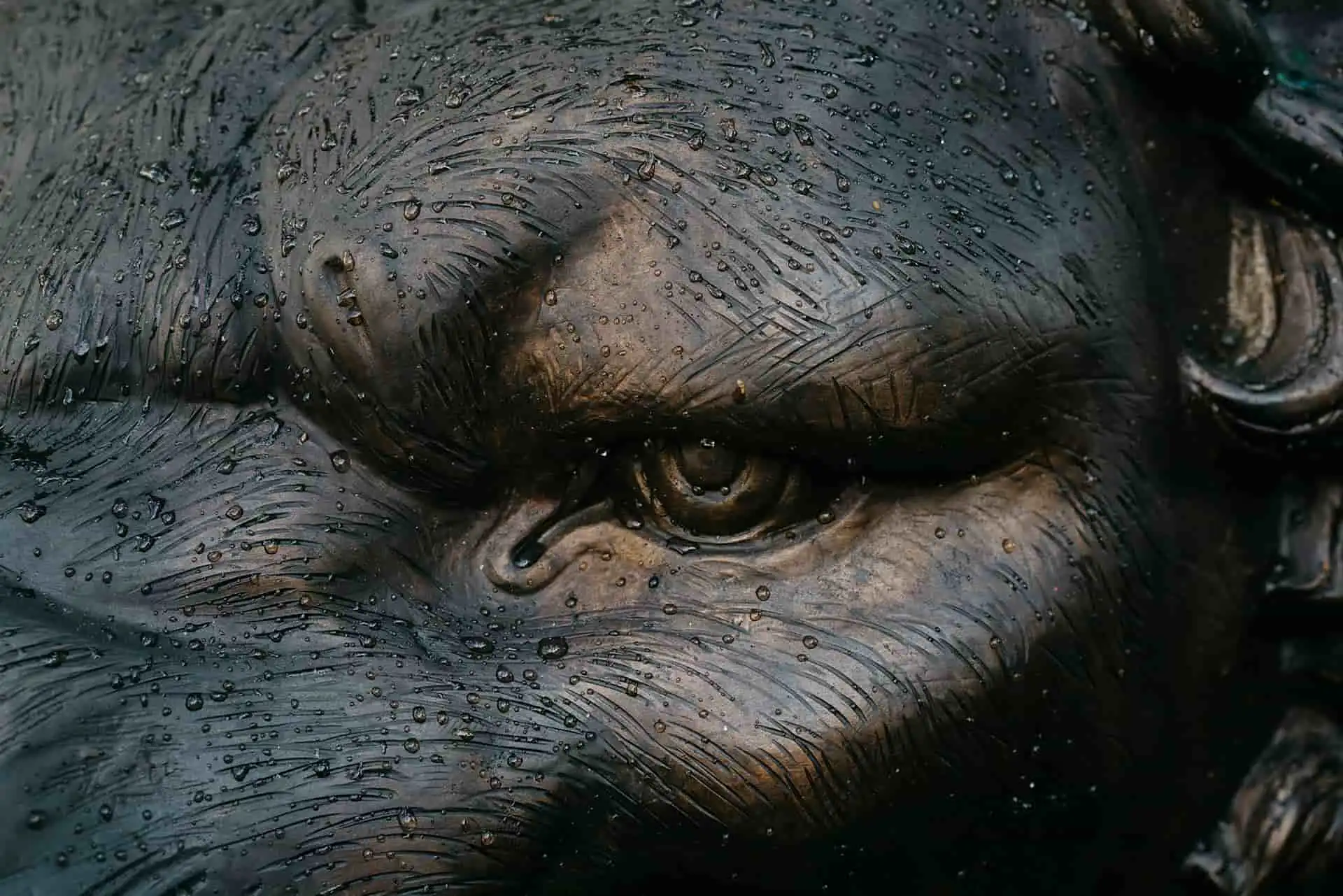
The Eternal Debate: DC vs. Marvel
DC is great at making comics and animated movies, while the MCU has the upper hand in its cinematic aspects
Opinions
Still, as it’s basically at the top of the epic fantasy canon, you definitely should pick up the Lord of the Rings books at least once in your lifetime.

As far as influential books go, the Lord of the Rings ranks almost as highly as the Holy Bible. In literary terms, perhaps, only Shakespeare’s works have more thoroughly defined an entire genre.
Such is the influence of the Lord of the Rings books among readers and literary enthusiasts, with the original works not enough to sate the thirst for more epic events set in Middle-Earth.
Here are some quick, juicy facts about this eternal work of literature to help you decide if it’s worth your while:
Watching the movie adaptations of the Lord of The Rings is one thing. Reading the books is quite another. Although many readers have complained about the complex writing in the trilogy, there are several reasons why the Lord of the Rings books are held in such regard:

While the size and scope of the work are the stuff of near-legend, much of what makes up this masterpiece is its several hundred pages worth of lore.
J.R.R. Tolkien created an incredibly detailed and immersive world with its own languages, cultures, history, and geography. As you read, Middle-earth feels alive, making it a deep and engaging setting for the story.
The Lord of the Rings series takes you on a fantastical journey. From the rolling, lush-green hills of The Shire and towering battlements of Helm’s Deep to the foul air and orc-infested lands of Mordor, you’re transported from the pages in a starship with horses for engines and a wizard’s staff as a compass.

While several fantasy authors have since written tons of books with similar good vs. evil tropes, it’s worth noting that Lord of the Rings books cemented the stereotype’s place as the default main theme in Epic Fantasy.
However, other sub-genres have slowly taken over, over time. Many readers are tired of seeing light triumph over dark and now favour slightly morally dubious protagonists, as well as antagonists.
Still, when you conjure an image of opposing forces facing off in the field of battle, with one side populated by an army of right-standing, brave defendants and another of all the hordes of the abyss, the Lord of the Rings comes most easily to mind.
Even the smallest person can change the course of the future.
― J.R.R. Tolkien, The Lord of the Rings

Dwarves. Stout, fearsome, gruff-humored and eternally stubborn. Elves. Lithe and graceful. Long-lived, expert archers. Trolls (or any of its several hundred spellings). The evil spawn of darkness. Man-eaters. Dragons. Destructive, proud, loyal and terrifying…
The list goes on.
Tolkien’s work birthed many of the fantasy creatures and their use in respective stereotypes, with contemporary fantasy authors carrying the practice into the plotting of their stories.
Whether it’s Dany Targaryen atop Viserion, Trollocs in the Wheel of Time, or the many elf-like creatures scattered across books in sword-and-sorcery, young adult fantasy and high fantasy, the Lord of the Rings books remain the ultimate source and standard-bearer of this unique imagery.
These days, nearly all the big books have been adapted into movies. The Lord of the Rings is no exception.
The Fellowship of the Ring, The Two Towers and The Return of the King jointly cover proceedings in the main trilogy in just over 6 hours of screentime. On the other hand, the Rings of Power (currently ongoing Prime Video series) gives users a unique take on an Age before the events in the main story.
Then, the Hobbit itself is developed into three exciting and tense movies set in Middle-earth, featuring stone trolls, a skin-changer, spawns of the primordial Ungoliant, and fourteen hardy dwarves.
Reading the Lord of the Rings books lets you compare the books to the movies and enjoy dissecting plot holes, themes, lore, screen material, casting, special effects and other aspects of the adaptations.

The correct reading order for The Lord of the Rings series, including relevant works by J.R.R. Tolkien, is typically as follows:
This reading order lets you enjoy the core of the story, the original Lord of the Rings trilogy, first before you get into the spinoffs. Alternatively, you can read the spinoffs before reading the trilogy.
Each of the spinoff books (The Hobbit, The Silmarillion, Unfinished Tales of Númenor and Middle-earth, The Children of Húrin, Beren and Lúthien and The Fall of Gondolin) contributes to the rich lore and history of Middle-earth, spanning thousands of years from the world’s creation to the events of the main trilogy.
If you plan to dive straight into the main story, ensure that you read The Hobbit first. It prepares you for many of the events that pan out in the trilogy and can be read as a standalone.
If you don’t like lengthy epics heavy on character development and prolonged buildups, you may find the Lord of the Rings books unexpectedly tedious. There’s also the writing style to consider, whose language some readers may find weird or complex.
Still, as it’s basically at the top of the epic fantasy canon, you definitely should pick up the Lord of the Rings books at least once in your lifetime.
It’s a strange journey that takes you through vast landscapes and memorable characters, teaching valuable lessons in duty, friendship and sacrifice.

The Tyrant Overlord. Fantasy buff and avid football fan.

DC is great at making comics and animated movies, while the MCU has the upper hand in its cinematic aspects

Our list rounds up the top 30 cartoon characters that were villains, each one more wonderfully wicked than the last.

Discover the best apps to read books for free in 2025. Access thousands of free e-books and audiobooks on your phone or tablet. ...

There are some outright funny cartoon characters who exist solely to crack you up, loud, hard, and with zero apology.

Things Fall Apart is for the colonizers as well as the colonized, helping to understand the role of colonialism in the realization...

While many of the Nollywood movies on our list are quite old, it’s a testament to the capabilities of the industry’s p...

While this isn’t an exhaustive list, it comprises some of the most popular mythical creatures from around the world.